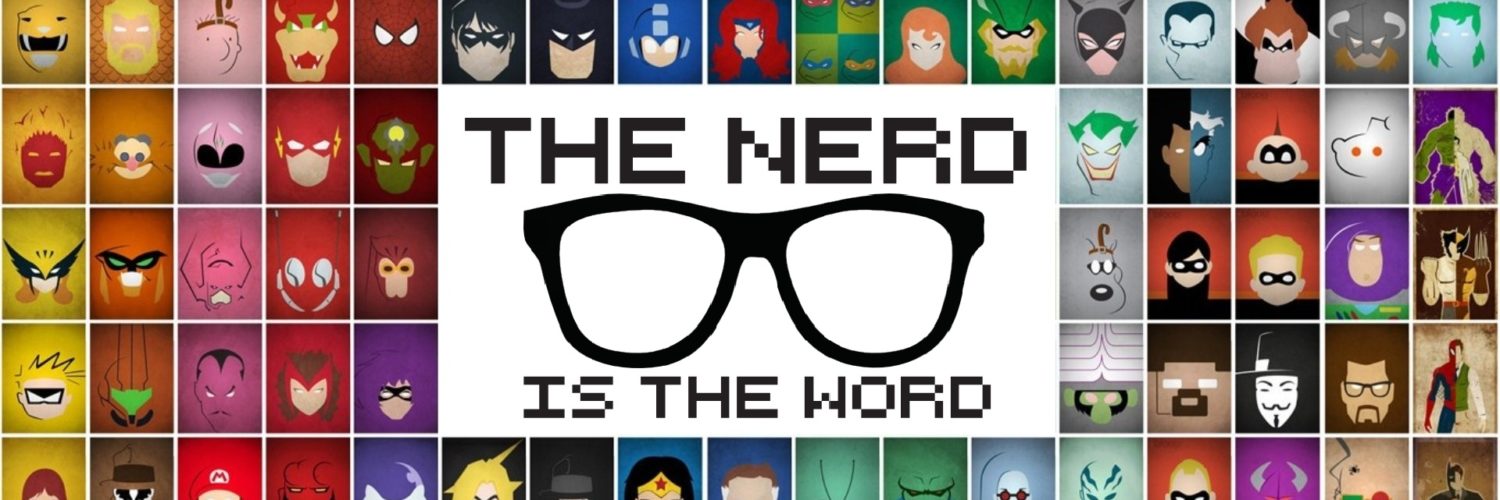
Mini-Dead has a one-button control scheme, built around your mouse. If you’re not left-clicking, then your cursor is your character. This is the first curveball Mini-Dead throws your way, forcing you to become conscious of where your mouse is pointing at all times. You can attack your opponent by holding down the left mouse button, which freezes your (very dismayed-looking) character in place, and dragging a sort of white beam of energy over your opponent. Releasing the mouse button dissipates the beam and teleports your character to the other end, but since your attack does damage over time for as long as it’s held over the boss, you’ll want to hold off on that for as long as possible to maximize the amount of damage you deal.

This is the challenge at the heart of the game. Moment to moment, you’re constantly balancing damage against mobility; pausing one minute to whittle away at your opponent’s health, then being forced to cut it short to survive the furious onslaught of projectiles, walls, and weapons that are being hurled your way. Some of these can be easily (or sometimes just barely) skirted with some smooth mousework, while others are completely unavoidable without teleporting directly through them.
Veterans of other bullet-hell games might be a little disappointed with the relatively low number of projectiles on the screen at any one time. In practice, however, this is offset by the nature of the controls, which add a much-appreciated layer of on-the-fly tactical planning to the genre’s usual twitch-based gameplay. While I’m not entirely sure that Milo Games has quite struck a perfect balance yet (I can’t make any meaningful progress against Iris, despite a few dozen attempts), making the game too easy is not something they can be accused of.

If I have one complaint, it’s that the projectile types don’t really bring anything new to the genre. You’ll see bullet swarms, walls, waves, and circular area-of-effect attacks, but very few of the obstacles you face take full advantage of the unique control scheme. The one notable exception is one of Iris’ main attacks, which summons a large eye that will hunt you down and smother you to death unless you revert to cursor form and ruuuuuuuun like the dickens. This is great – it takes advantage of your most vulnerable state and throws a new variable into your mental calculus. I’d like to see more of that sort of thing.
For instance, it would be very cool if there were projectiles that clustered around the end of your beam, forcing you to move it to avoid teleporting into them, or a boss move that cuts your attack short, triggering an unwanted teleport. It feels like there’s a lot of frustratingly unrealized potential for complexity inherent to these smart, simple game mechanics, which is a real shame.
Don’t get me wrong, though. Mini-Dead is a wonderful experience through-and-through. Just like the control scheme, the interface is sleek, clean, and stripped down to the essentials, limited to the boss’ health bar at the bottom of your screen and your own small health counter up in the top-left corner. Aesthetically, the game seems to take hints from both Binding of Isaac and Undertale (which also appear to have informed its gameplay to no small degree), using a stark yet lovely three-tone colour scheme to full effect. The art style is perfectly suited to the game play, avoiding unnecessary visual distractions while providing a delightful David versus Cthulhu motif that is somehow enough for me to justify the death I’m visiting upon these floating circles of evil.

Having sampled both the browser-based and full versions of the game, I heartily recommend the latter. If you play in your browser, your character will freeze at the edge of the screen whenever your cursor leaves the game window (in other words, all the time), and you’ll have more distractions competing for your attention. In my case, it meant the difference between being able to defeat the Berserker and being repeatedly pummelled like Sideshow Bob in the field of rakes.
I’d be remiss if I didn’t take a moment to talk about the music. The game includes a number of chiptune-style tracks that complement the fights very well. They’re upbeat and reminiscent of what you might have heard in an arcade in the early ’90s, and each melody is distinctive enough to give the bosses some additional character. Unfortunately, given the number of times you’re going to need to fight each opponent before you manage to deadify it, the first few notes of each track can start to grate on your nerves after a while. I ended up muting the in-game sound and playing the game with a Youtube trip-hop playlist running in the background, which made the experience a little more enjoyable for me. Your mileage may vary, of course.
Mini-Dead is a pay-what-you-want title intended to help pave the way for the team’s main project, which has been greenlit on Steam under the name Dead (I did a quick check and was pretty surprised to find no evidence of the title ever being used before). Dead appears to be an expanded, full-colour version of the game, featuring ten new bosses and several new abilities to fill out the player’s arsenal. Milo Games recently opened up a Kickstarter to help fund development, which you can visit and contribute to by clicking on the banner at the end of this article.
Milo Games is aiming to release Dead in late 2016/early 2017, although no specific dates have been provided so far. From what I’ve seen of Mini-Dead and the promotional material for Dead, I’m optimistic that this will be a game that will be well worth our time and money.
FINAL SCORE: On a scale of Star Trek: Nemesis to Star Trek: The Wrath of Khan, this scores Star Trek: First Contact.
Interested in helping to fund the development of Dead? Click the banner below!





Leave a Reply